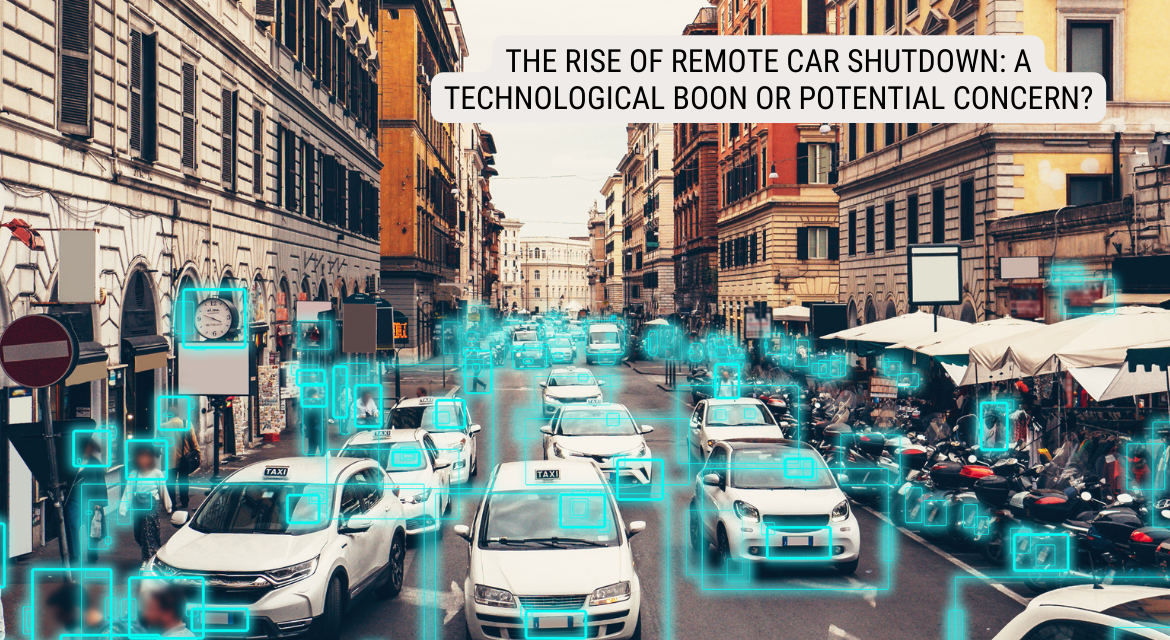In today’s world, technology is transforming the history of the automotive industry. One remarkable innovation is the remote car shutdown. This advanced feature allows car owners to turn off their vehicles from a distance. Which ensures increased security and control for the driver. As we continue to see more smart cars and connectivity in the industry, examining the potential issues and concerns that come with this emerging concept is crucial.
Enhancing Vehicle Security:
Remote car shutdown is a security feature that can help prevent car theft. If someone steals your car, you can use your smartphone to make the car stop moving. A TV show has shown how this technology can be used to recover stolen cars and stop people from using them without permission.
Safety Implications:
The concept of remotely turning off a moving vehicle may seem concerning. But it actually has safety features that make it reliable. Rule-based protocols ensure that the remote shutdown is only used in appropriate situations, which minimises the chances of misuse or accidents. The focus here is to maintain safety while still being able to utilise this feature to its fullest potential.
Privacy Concerns:
One can argue that the technical implementation of remote car shutdown necessarily implies tracking and surveillance. There are very relevant privacy risks about this, though. It’s important for us to study how car manufacturers deal with their users’ data, protect transmissions, and prevent unauthorised access. These tasks become crucial in order to maintain the delicate balance between surveillance and privacy.
User Control and Customization:
One of the best things about remote shutdown is the level of control it provides to users. With a wide range of options available, it is now possible to adjust geo-fences or set time-based limits, making our technology suitable for individual preferences and responsible governance. This versatility empowers users to have greater control over their devices while ensuring that the use of technology remains responsible and secure.
Emergency Situations:
Remote shutdown and control go beyond the concept of making our lives convenient and using technologies that can be used in life-saving situations and emergencies. If a car is involved in a crime or is being carjacked, the capacity to remotely immobilise the car can be a very effective way to help law enforcement. The close collaboration with law enforcement authorities additionally reveals the opportunities for positive and amoral use.
Challenges and Potential Risks:
Like any other technological innovation, remote car shutdown is not immune to shortcomings. The automotive industry actors and the possibility of hacking attempts are overwhelming factors that demand a varied and resilient response. Technology must be updated frequently to remain current and safeguard against ongoing threats.
Conclusion:
In the fast-developing field of autonomous vehicles. The ability to remotely disable a car represents a significant change in how we think about safety in the automotive industry. As this technology continues to evolve, it is important to strike a balance between the security advantages. It provides the need to protect privacy and ensure safety. By collaborating with automakers, regulators, and users, we can work towards a future where vehicle security is a top priority, and this technology can be leveraged to its full potential.





